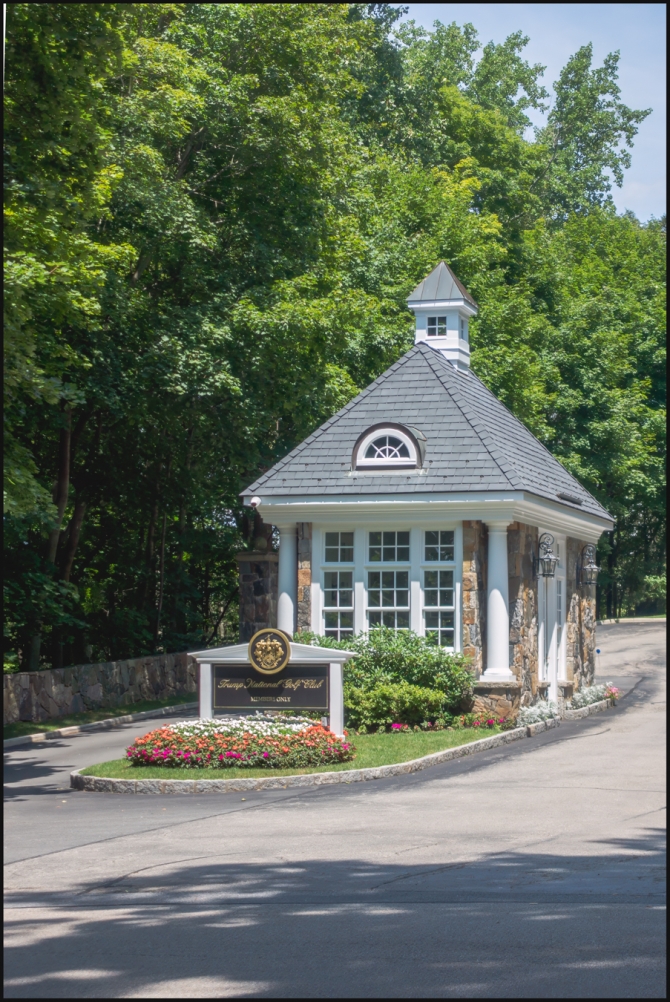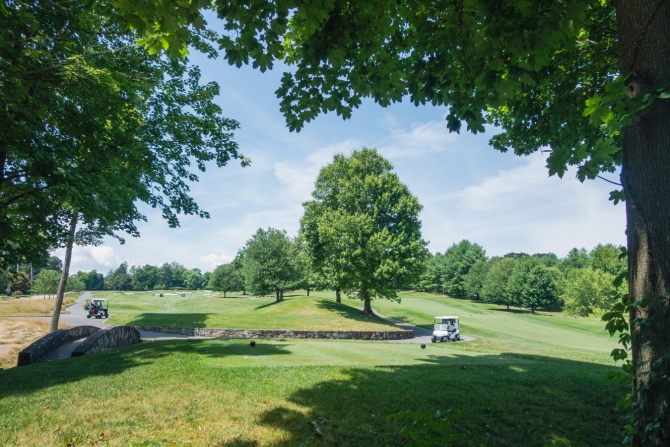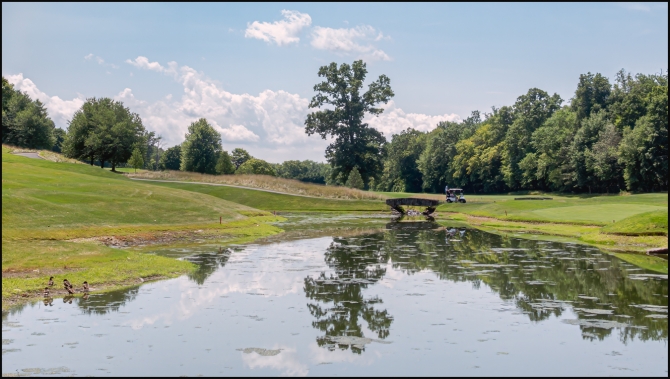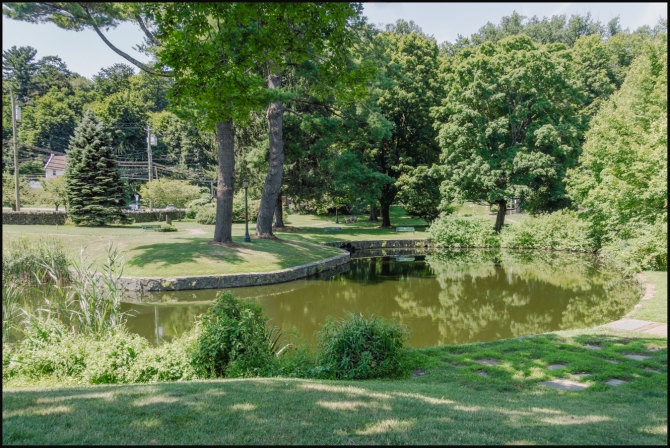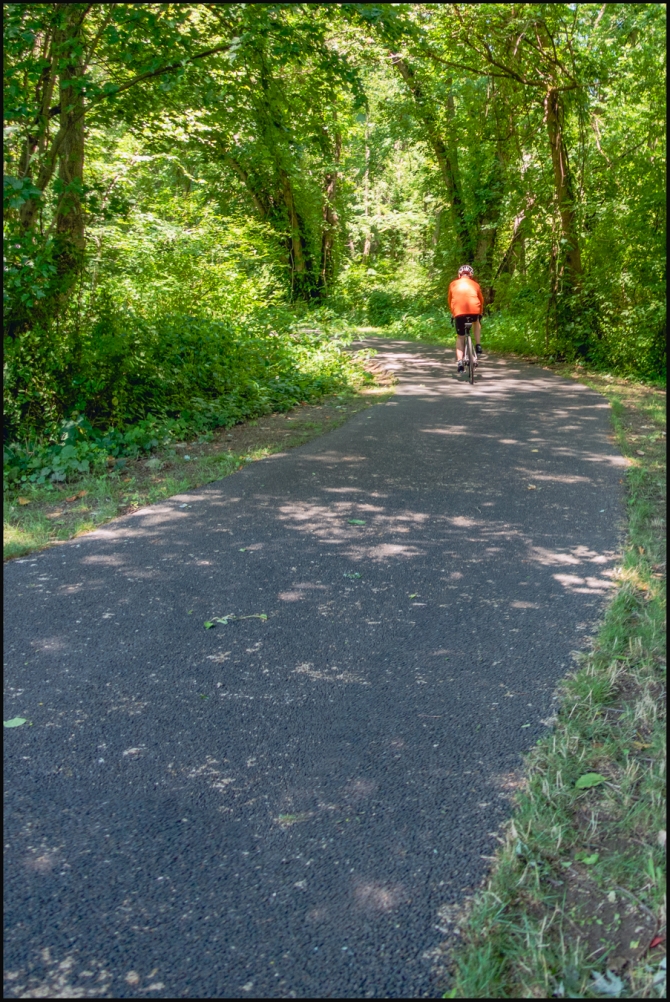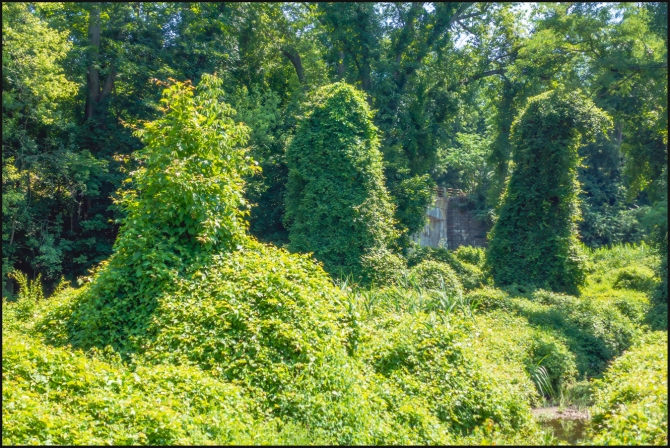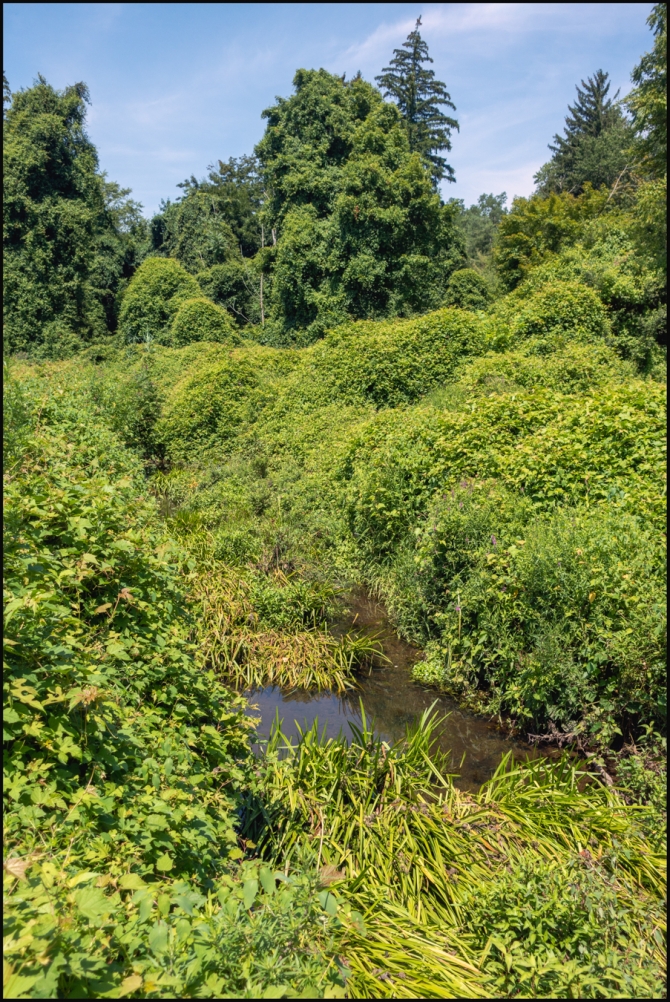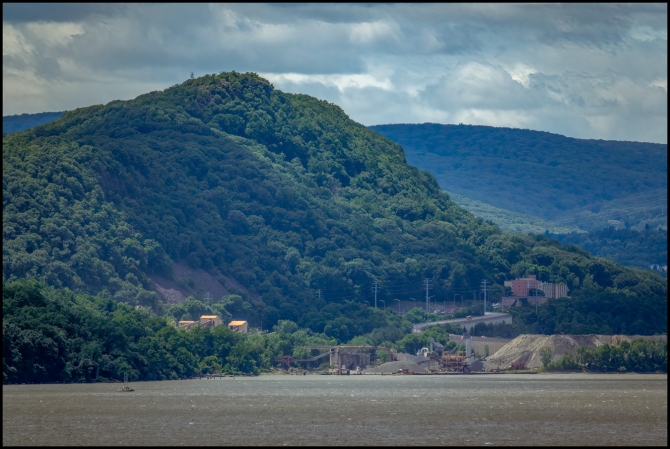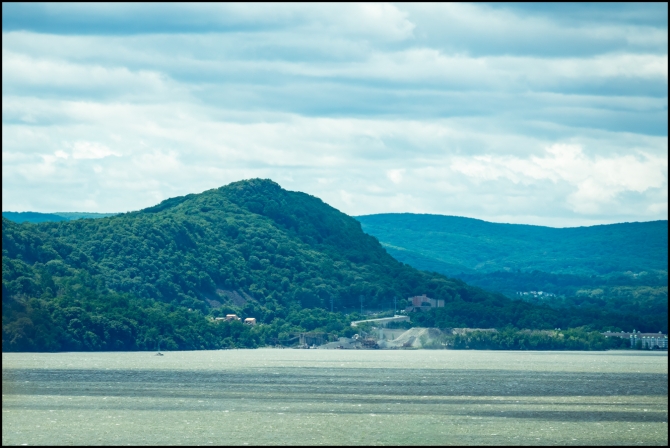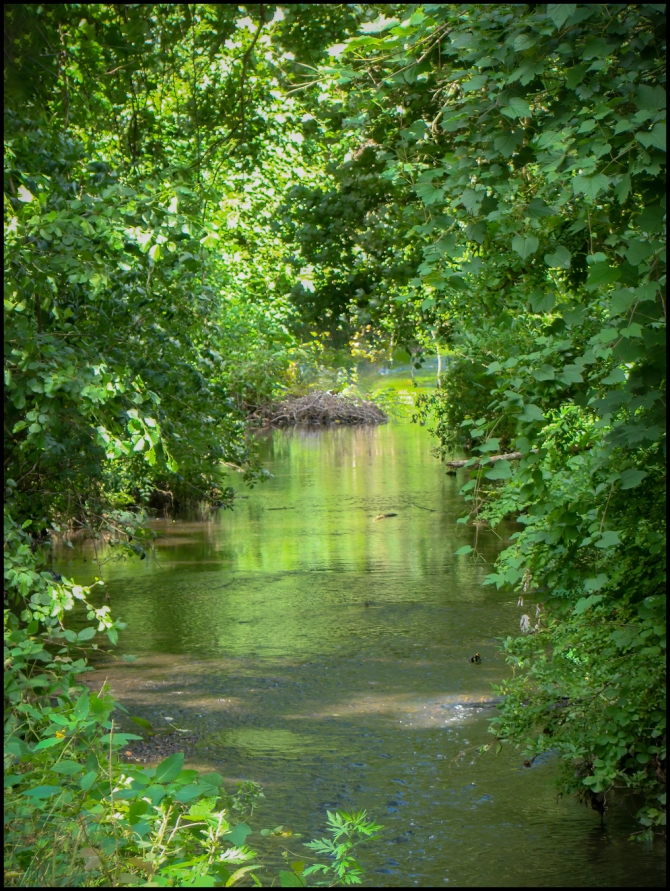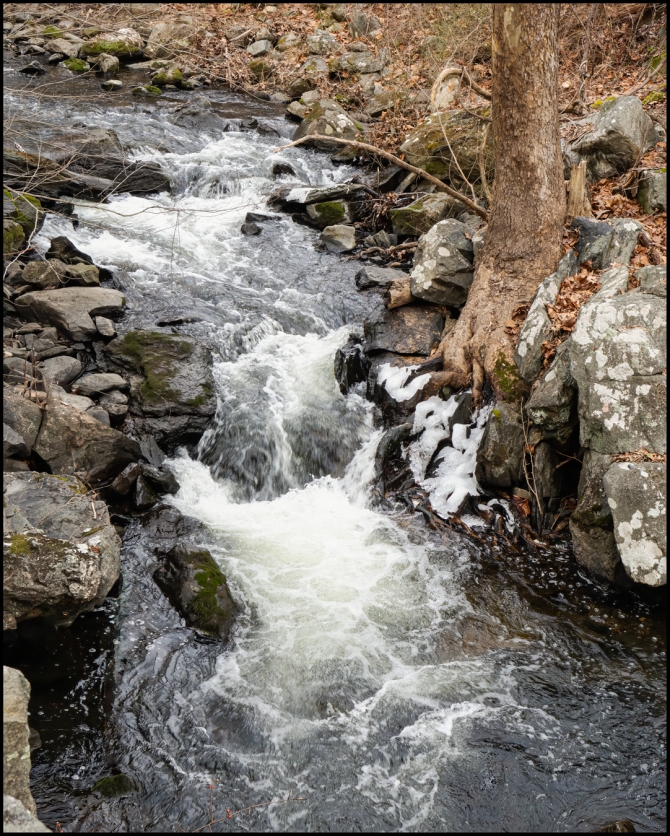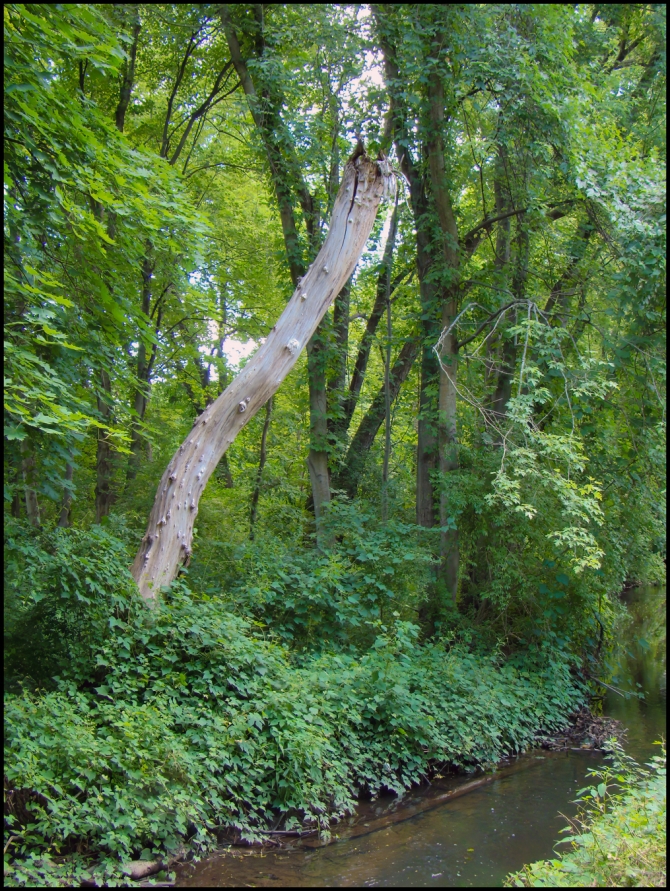The club had its origins around 1895, with Briarcliff founder Walter W. Law‘s private nine-hole course on his estate, which became available to Briarcliff Lodge guests, and was then known as the Briarcliff Golf Club. In 1922, Devereux Emmet designed a course across the street with eighteen holes, and thus Briarcliff Country Club was founded that year. The name was changed in 1927 to avoid confusion, to Briar Hills Country Club. Briar Hills opened in May 1929 with a new clubhouse; construction began in May 1928 and utilized local stones for the building’s exterior. The interior was noted for its design and spaciousness. In 1936, A. W. Tillinghast redesigned the course. In 1948, Henry Law’s son Theodore sold the club to local businessmen who renamed it Briar Hall Golf and Country Club. In 1980, ownership of the club changed hands again.
Briar Hall had been taken over by the Marine Midland Bank, which then sold the property to Donald Trump. Trump bought Briar Hall Country Club for $7.5 million in the foreclosure in December 1996 and ran the club until 1999, until he closed the property to begin its redevelopment.
The Trump National Golf Club’s first nine holes opened on April 15, 2002, followed by the next nine on June 29, 2002.
Taken with a Sony RX100 III

